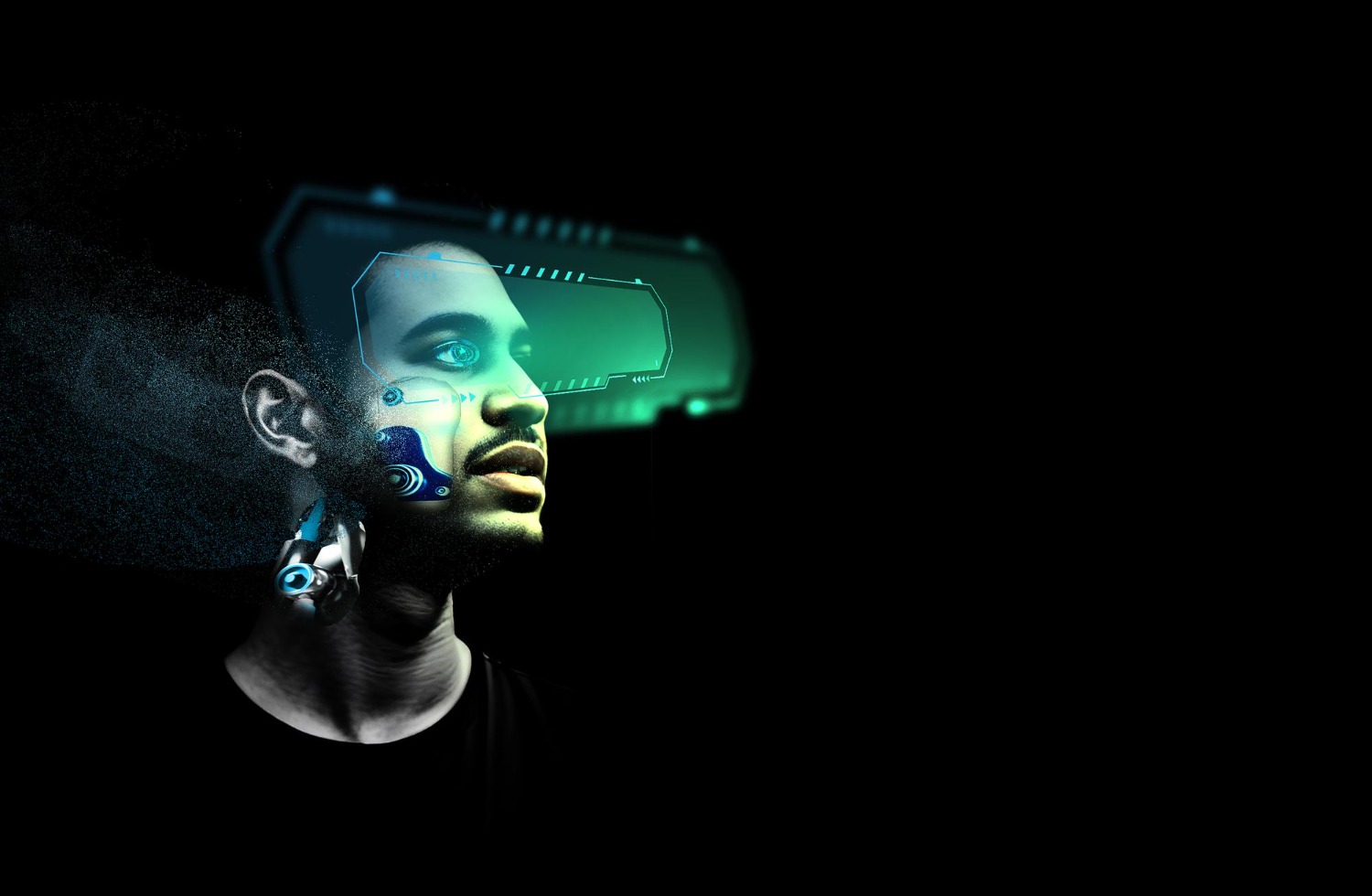How Brain-Computer Interfaces Are Transforming Human-Machine Interaction
Brain-Computer Interfaces (BCIs) are emerging as a revolutionary tool for bridging the gap between humans and machines. By enabling direct communication between the brain and external devices, BCIs are poised to transform industries, enhance accessibility, and redefine the way humans interact with technology.
What Are Brain-Computer Interfaces?
A Brain-Computer Interface is a system that captures brain activity, interprets it, and converts it into actionable commands for a machine. These systems rely on neuroimaging technologies like electroencephalography (EEG), functional magnetic resonance imaging (fMRI), or implanted electrodes to measure neural signals. Once these signals are decoded, they can control devices such as computers, prosthetics, or even robotic systems.
Transforming Human-Machine Interaction
1. Enhancing Accessibility for People with Disabilities
One of the most impactful applications of BCIs is in assistive technology. For individuals with mobility impairments or neurological conditions, BCIs provide a pathway to regain autonomy. For instance, BCIs can enable individuals to control wheelchairs, type on virtual keyboards, or operate robotic limbs using their thoughts alone. These innovations are not just improving accessibility but also empowering people to lead more independent lives.
2. Revolutionizing Healthcare
In the medical field, BCIs are being used to monitor neurological health and treat conditions like epilepsy, Parkinson’s disease, and depression. Neuroprosthetics, powered by BCIs, are enabling amputees to experience tactile sensations through artificial limbs. Furthermore, researchers are exploring how BCIs can facilitate communication for individuals with locked-in syndrome, giving them a voice where none existed before.
3. Driving Innovation in Gaming and Entertainment
BCIs are opening up immersive experiences in the gaming and entertainment industries. By enabling players to control games through mental commands, BCIs are creating new dimensions of interactivity and personalization. Imagine a game that adapts in real-time to a player’s emotional state, creating a uniquely tailored experience.
4. Boosting Productivity and Cognitive Enhancement
BCIs are also making waves in the workplace. Brain-controlled devices can streamline tasks, reduce reliance on traditional input methods, and boost productivity. Additionally, BCIs are being explored for cognitive enhancement, such as improving focus, memory, and learning capabilities through neural stimulation.
Challenges and Ethical Considerations
Despite their promise, BCIs face several hurdles:
- Data Privacy and Security: BCIs collect highly sensitive neural data, raising concerns about misuse and privacy breaches.
- Accessibility and Cost: The technology is still expensive and not widely accessible, limiting its reach.
- Ethical Concerns: The ability to decode and potentially manipulate thoughts presents profound ethical dilemmas regarding autonomy and consent.
The Future of BCIs
As BCIs become more sophisticated, their applications will continue to expand. From augmenting human capabilities to reshaping industries, the potential is immense. Collaboration between neuroscientists, engineers, ethicists, and policymakers will be essential to harness this technology responsibly.
Conclusion
Brain-Computer Interfaces are not just a technological innovation; they represent a paradigm shift in how humans interact with machines. By tapping directly into the neural language of the brain, BCIs are unlocking possibilities that were once confined to the realm of science fiction. As this field continues to evolve, it holds the promise of making human-machine interaction more intuitive, inclusive, and impactful than ever before.




